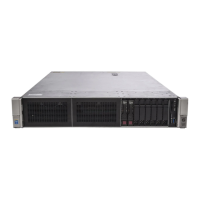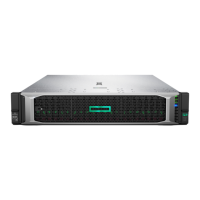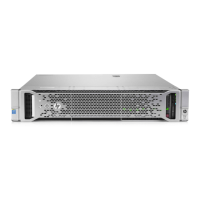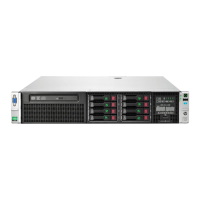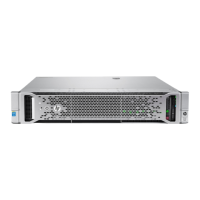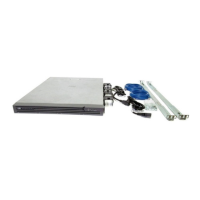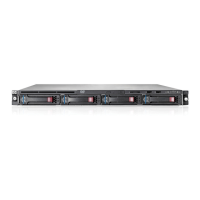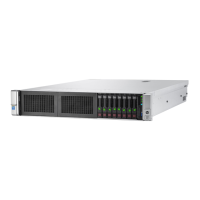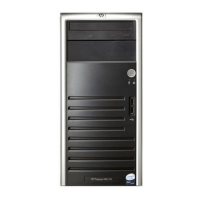28
Chapter 3: Configure the IPMI port for remote
management
This section contains the following topics:
• Connect to IPMI and launch the Virtual Console
• IPMI configuration requirements
You configure the integrated Intelligent Platform Management Interface ( IPMI) port to access the IPMI console
through a web browser. The IPMI console provides out-of-band remote system management and access to
advanced management options.
Before you begin
Your environment meets the requirements for configuring IPMI. See IPMI configuration requirements on page
30.
Procedure overview
This procedure assumes you are using a computer with Microsoft Windows. If you prefer to configure IPMI at a
later time, you can skip this task and proceed with deploying an OmniCube host using Deployment Manager. See
the SimpliVity OmniStack for vSphere Deployment Guide.
Procedure
1. Connect an Ethernet cable from the Ethernet port on the laptop to the IPMI Ethernet port on the rear of the
OmniCube server.
2. If necessary, change the IPv4 address of the Ethernet port on your laptop:
a) Open Network and Sharing Center and select the Ethernet port connection. This is typically Local Area
Connection.
b) Click Properties > Internet Protocol Version 4 (TCP/IPv4).
c) Record the current settings so that you can restore them later.
d) Check the button labeled Use the following IP address.
e) Enter an IP address in the range 192.168.0.[0-255], excluding 192.168.0.120.
f) Enter a subnet mask of 255.255.255.0.
g) Close the dialogs and exit from Network and Sharing Center.
3. Point your browser to the IPMI default IP address: http://192.168.0.120
4. 4. Use the default user name root and the default password calvin to log in.
5. You can optionally change the default IPMI password if prompted to do so, according to your sitespecific
security requirements.
6. Click iDRAC Settings > Network in the left panel.
7. Check the box for Enable IPv4.
8. Do one of the following:
• Check the box for Enable DHCP.

